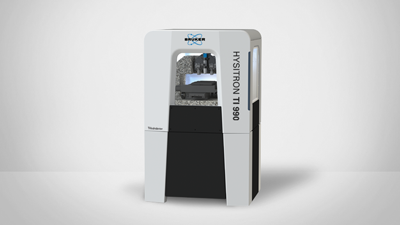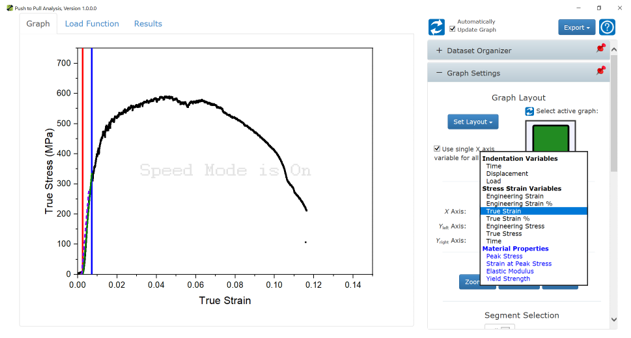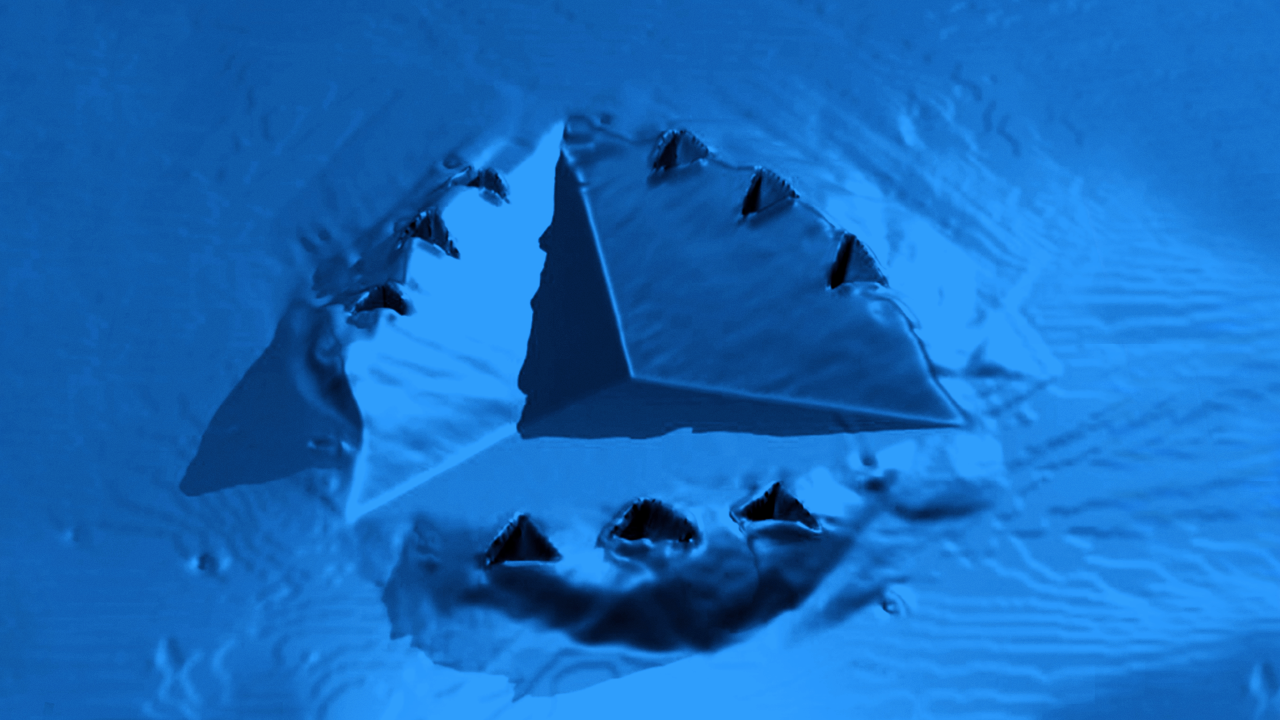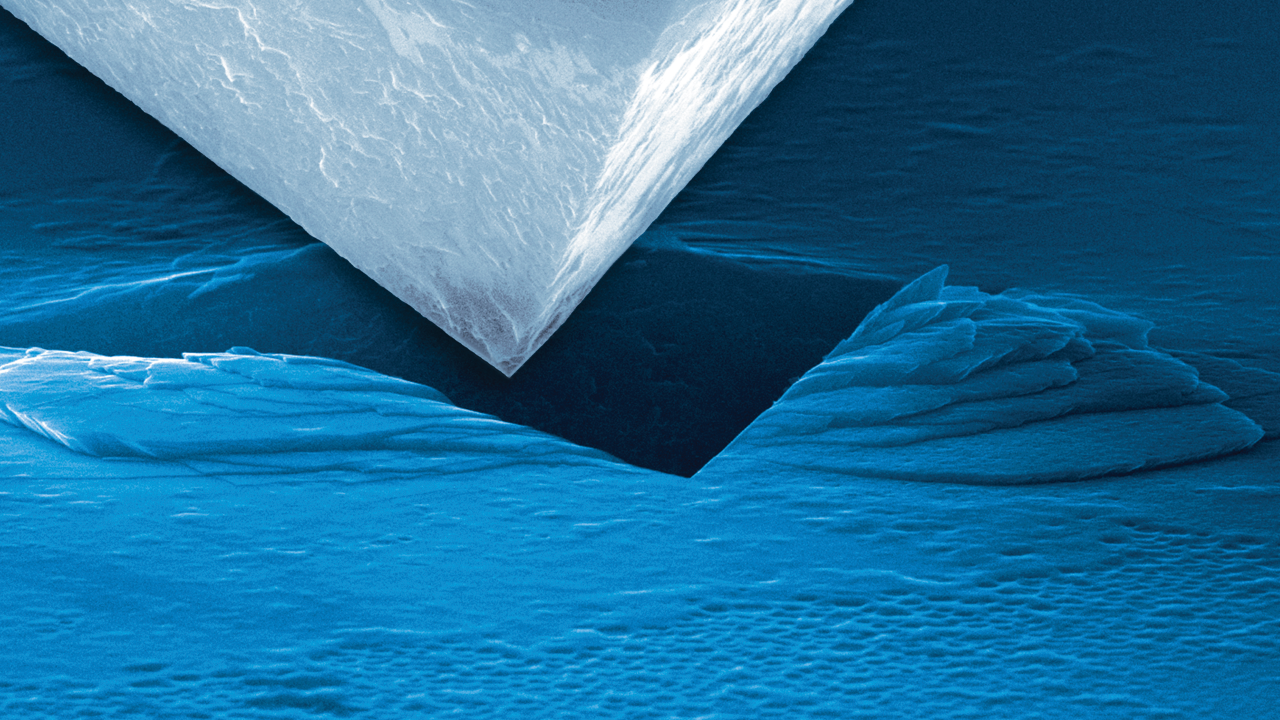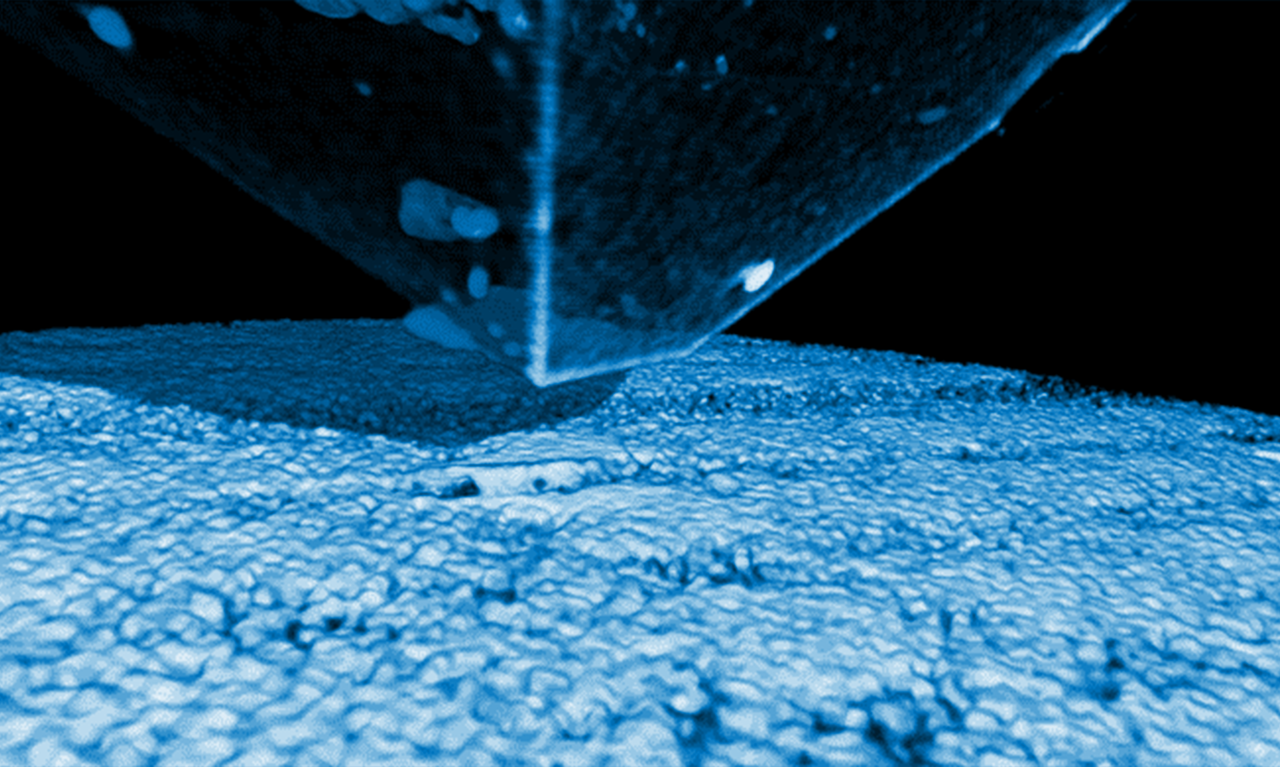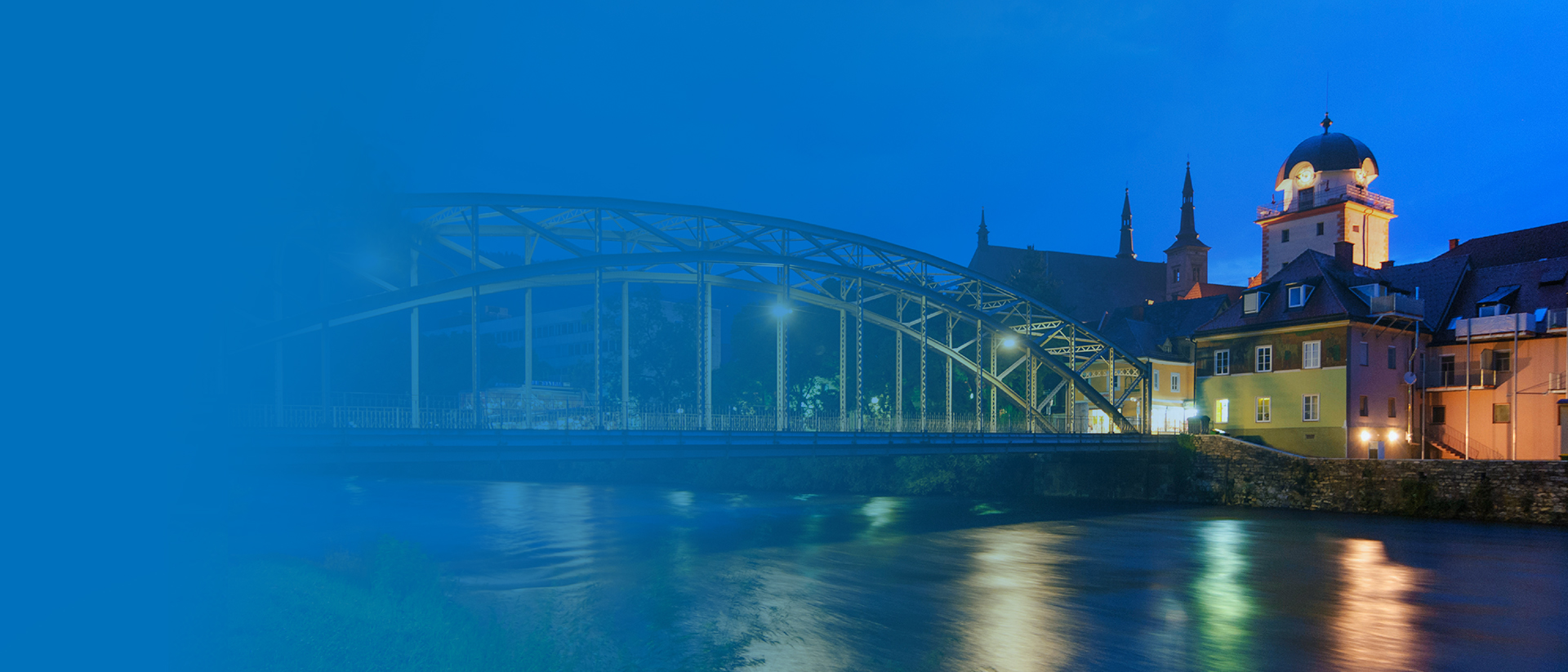

Nanobrücken 2026: Nanomechanical Testing Conference
Nanobrücken 2026: Nanomechanical Testing Conference
April 8-10 | Leoben, Austria
Bruker is pleased to announce that Nanobrücken 2026 will take place April 8-10 in the beautiful city of Leoben. The 16th annual Nanobrücken conference for international academic and industrial researchers and leaders in nanomechanical and nanotribological testing will feature oral presentations from leading research groups as well as practical workshops and a poster competition. The conference program is open to all aspects of nanomechanical and nanotribological testing, including testing in extreme environments, in-situ testing in SEM/TEM, theory & simulation, testing biomaterials etc.
Abstract Submission - Deadline is February 20th
Oral presentation guidelines
Please bring your presentation file on a memory stick. The presentation screen aspect ratio is 16:9.
- Student talks are 12 minutes in length, with an additional 3 minutes for discussion.
- Contributed talks are 15 minutes in length, with an additional 5 minutes for discussion.
- Invited talks are 25 minutes, with an additional 5 minutes for discussion.
Poster Presentation Guidelines
Posters should be prepared in A0 portrait format; stands and pins will be provided.
Topics include:
- Advanced nanoindentation and associated techniques
Expand your knowledge beyond the basic nanoindentation techniques used to determine hardness & elastic modulus, by learning about novel, highly precise instruments and advanced techniques for achieving greater accuracy and resolution. For example, using advanced nanoindentation technology to achieve very small indentation depths and forces that allow the study of thin films, coatings, and small-scale structures.
- Testing in extreme environments
Learn about performing nanoindentation tests under different environmental conditions, for example, studying the mechanical properties of materials at elevated temperatures, which is crucial for applications in aerospace, energy, and materials processing, or at low temperatures to understand the behaviour of materials at cryogenic temperatures, which is important for applications in the aerospace industry and superconducting materials.
- In-situ testing in SEM/TEM
In-situ testing in Scanning Electron Microscopy (SEM) and Transmission Electron Microscopy (TEM) involves performing experiments directly within the microscope to observe real-time changes in the material’s structure and properties under various conditions. This approach provides valuable insights into the behaviour of materials at the micro and nanoscale.
- Nanomechanical and nanotribological testing theory
Learn more about the theory and best practices of nanoindentation and nanotribology from renowned experts in the field.
- Biomechanical testing
Use nanoindentation techniques to determine the biomechanical properties biological material at the nanoscale. This approach is particularly useful for understanding the mechanical behaviour of tissues, cells, and biomaterials used in medical applications.
Contact Us:
If you have questions about Nanobrücken 2026, please contact us. Follow @BrukerNano on X for #Nanobruecken information and updates.
Conference Hosts:
Priv. Doz. Dr. Megan J. Cordill
Erich Schmid Institute of Materials Science, Austrian Academy of Sciences
Ass. Prof. Dr. Verena Maier-Kiener
Dr. Michael Tkadletz
Department of Materials Science, Technical University of Leoben
Conference Venue:
Aula
Franz Josef-Straße 18
8700 Leoben, Austria
Keynote Speaker
Professor Peter Hosemann
Department of Nuclear Engineering, University of California, Berkeley
Professor Peter Hosemann received his MS (2005) and PhD (2008) in Material Science from the Montanuniversität Leoben, Austria. He conducted his PhD research on lead bismuth eutectic corrosion, ion beam irradiations and microscale mechanical testing at Los Alamos National Laboratory. He continued his research at Los Alamos National Laboratory as post doc and joined the UC Berkeley faculty in 2010.
Professor Hosemann has authored more than 200 per reviewed publications since 2008. In 2014 he won the best reviewer of the journal of nuclear materials award, the ANS literature award and in 2015 he won the TMS early career faculty fellow award and the AIME Robert Lansing Hardy award. In 2018 he became the chair of the nuclear engineering department and in 2020 he was named as the E.S. Kuh chair of engineering. In 2021 he became associate editor of the journal of applied physics. While being dedicated to his research and teaching he also leads the UC Berkeley Bladesmithing team which won the title of “best example of a traditional blade” for UC Berkeley and is the lead faculty for the CalSol solar car racing team which won the American Solar challenge for Berkeley in 2017.
Confirmed Invited Speakers
Dr. habil Xufei Fang
Institute for Applied Materials (IAM), Karlsruhe Institute of Technology (KIT), Germany
Dipl.-Ing. Dr. mont. Markus Alfreider
Department Materials Science, Montanuniversität Leoben, Austria
Dr. Anna Kareer
Department of Materials, University of Oxford
United Kingdom
Dr. Edoardo Rossi
Department of Civil, Computer Science and Aeronautical Technologies Engineering
Roma Tre University, Italy
Dr. Peter Imrich
KAI Kompetenzzentrum Automobil- und Industrieelektronik GmbH, Austria
Preliminary Schedule
Conference Committee Members
Priv. Doz. Dr. Megan J. Cordill
Ass. Prof. Dr. Verena Maier-Kiener
Dr. Michael Tkadletz
Dr. Ude Hangen, Bruker
Dr. Jaroslav Lukes, Bruker
Dr. Eric Hintsala, Bruker
Bruker Organizational Contacts
Rhys Jones
Annette Niedballa
Christian Beck
